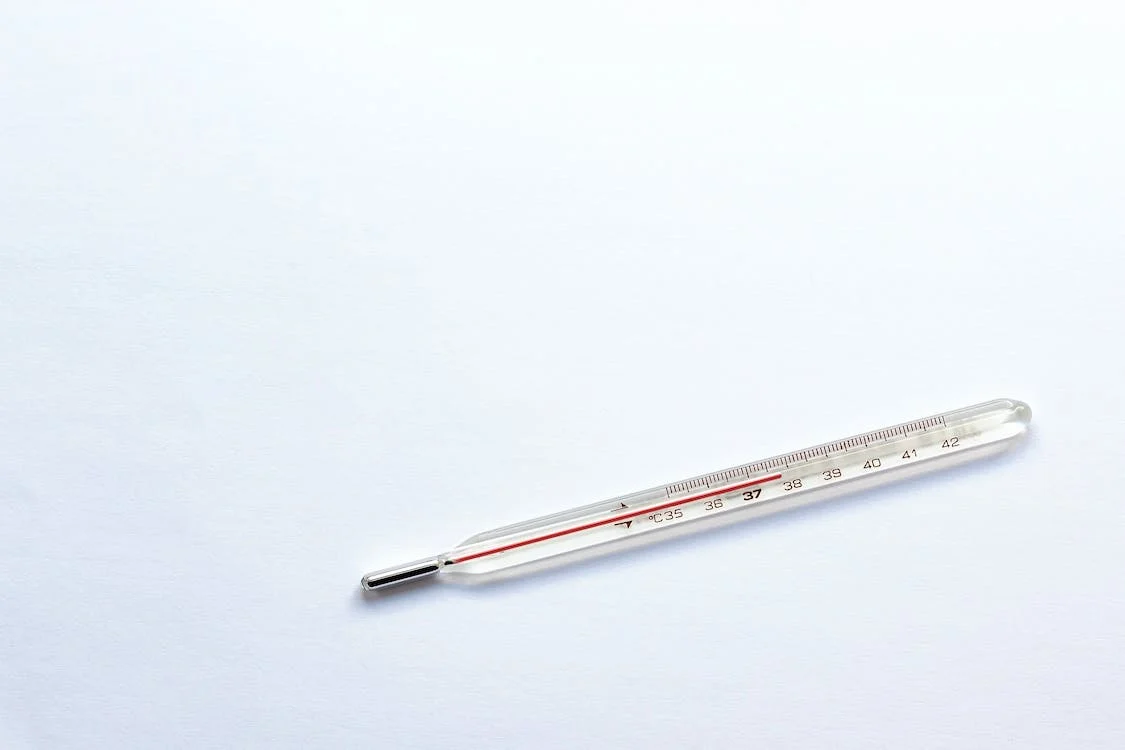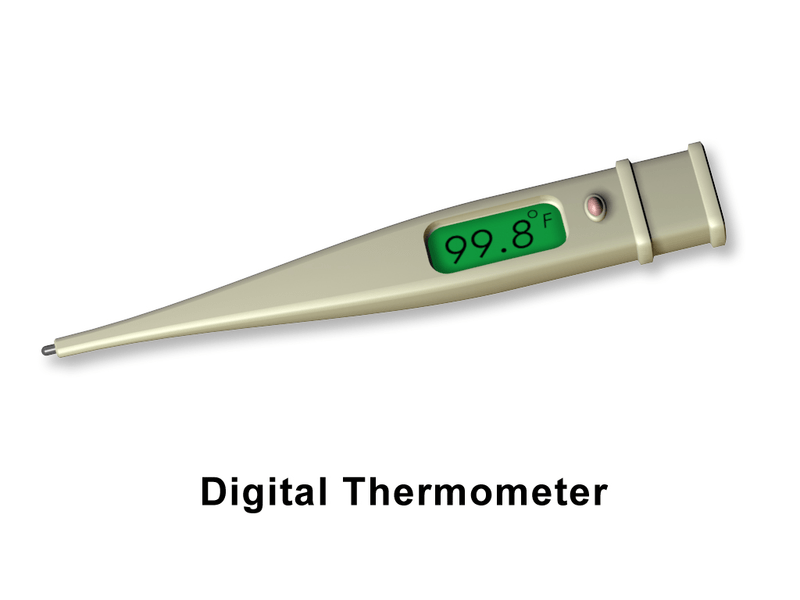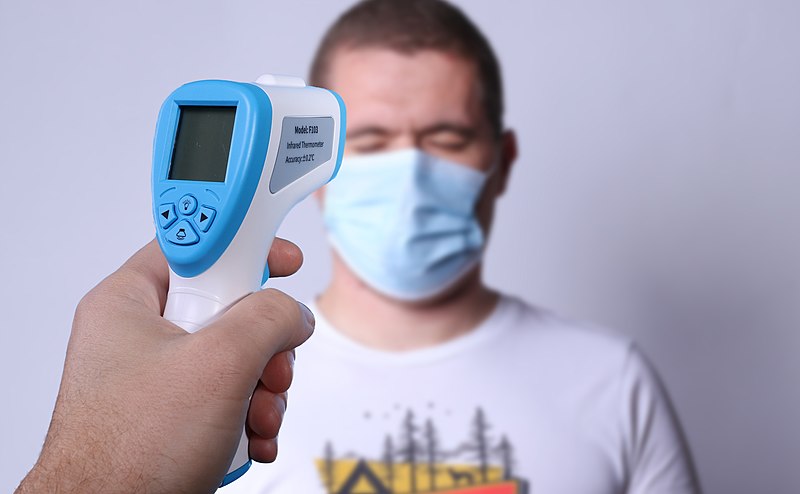Introduction
Thermometers are essential tools for measuring temperature in a world where precision and accuracy are crucial. Modern thermometers have gone a long way in providing quick and accurate temperature readings, from medical diagnostics to industrial processes. But have you ever wondered how these complex electronics operate inside? This article delves into the interesting world of contemporary thermometers, reveals the workings of their astounding functionality, and a guide to picking thermometers. Join us as we explore the technology and science behind these temperature-measuring marvels, illuminating the developments that have revolutionized temperature measurement as we know it.
History
Scientists discovered hundreds of years ago that they could monitor temperature changes using crude glass instruments filled with liquids that expanded when they warmed and contracted when they cooled. The most often used liquids were alcohol and mercury.
The earliest thermometers were called thermoscopes because they simply displayed temperature changes, not numerical readings. Italian inventor Galileo Galilei developed one of the earliest thermoscopes in 1593. It had glass bulbs inside an exposed tube filled with water. As the temperature changed, the glass bulbs rose and dropped. Another Italian inventor, Santorio, used a very basic numerical scale on his thermoscope in 1612. Ferdinand II, the Grand Duke of Tuscany, invented the first sealed glass tube in 1654. It had a number scale, and contained alcohol, but was not very precise.
In 1709, Daniel Fahrenheit created the first thermometer, which is now more widely used. It was a sealed glass tube with a number scale resembling the Fahrenheit scale. A mercury thermometer with the same scale was created by Fahrenheit in 1714 as a replacement for the earlier version of this thermometer, which contained alcohol. Water’s freezing point was set at 32 degrees, its boiling point at 212 degrees, and its average body temperature at 98.6 degrees. Later in the same century, a numerical scale known as the Celsius or Centigrade scale was created by inventor Anders Celsius. This scale was developed using a scale from 0 to 100, where 0 is the freezing point of water, 100 is the boiling point, and 37 is the average body temperature. Thomas Allbut created the first actual medical thermometer in 1867. It was six inches long and took a person’s temperature in about five minutes.
Thermometers stayed largely the same for almost a century. They were thought to be quite accurate and either contained alcohol or mercury. After World War II, more advanced thermometers worn in the ear and using infrared technology were created. They used tiny electrical circuits and numerical readouts that could monitor temperature more quickly and precisely than liquid-filled glass tubes. Modern thermometers use electrical sensors to measure temperature, but they continue to use the numerical scales that Fahrenheit and Celsius developed in the 1700s.
How a Thermometer Works for Kids
A thermometer is a device used to measure temperature. An object can be measured using a thermometer to ascertain its temperatures, such as the temperature of a room to decide how hot or cold it is, a person’s temperature to identify whether they are ill, or the temperature of food to determine whether it has been cooked.
Temperature is often stated in degrees Celsius, though it can alternatively be shown in Fahrenheit. Celsius and Fahrenheit are two separate temperature scales.
Traditional mercury thermometers and more recent digital thermometers, including infrared thermometers, are the two main types of thermometers.
Mercury Thermometers
The glass tubes that make up mercury thermometers are sealed, filled with a liquid, and have numbers on them to indicate the temperature. Mercury is the only metal that is liquid at room temperature, and since it changes from a solid to a liquid very quickly, it is the liquid that is best for measuring temperatures. Since mercury has a high boiling point, it can be used to measure greater temperatures.
How do Mercury Thermometers Work?
- The material transmits heat energy to the mercury when the tip of the mercury thermometer comes into contact with the substance being measured.
- The mercury then becomes a liquid, swells, and starts to ascend the tube.
- You can take a temperature reading at the point where the mercury stops on the scale.
However, the mercury in these thermometers is dangerous and they are being phased out because of this.
The Pros
- Mercury thermometers are trusted instruments in a variety of applications due to their great precision in measuring temperature.
- Extreme hot and low temperatures can both be measured with mercury thermometers.
- If treated carefully, mercury thermometers are often tough and long-lasting, offering reliable performance throughout time.
- Compared to certain digital or electronic equivalents, mercury thermometers are reasonably affordable, making them available to a wide range of users.
The Cons
- Exposure to mercury, a hazardous chemical, may have harmful impacts on one’s health. A mercury thermometer that breaks accidentally may emit mercury vapor or liquid, endangering people and the environment.
- Mercury contamination is a possibility because mercury thermometers are delicate and could break if dropped or handled improperly.
- For some people, especially those who have vision problems, reading the level of mercury in a glass column to determine the temperature on a mercury thermometer can be difficult.
- Mercury thermometers require more time to respond than digital thermometers do because it takes longer for the mercury to expand or contract and appropriately reflect the temperature.
Digital Thermometers
Digital thermometers use an electronic computer chip to measure temperature. A digital thermometer’s heat-sensitive tip allows it to monitor temperature precisely and transmit that data to the computer chip.
Digital thermometers are the most precise way to check someone’s temperature to determine whether they are ill, and they are frequently used to collect medical readings.
How Do Digital Thermometers Work?
- The sensor within a digital thermometer detects a variation in the electronic reading from the resistor (a component of an electric circuit that restricts the flow of electricity) when the temperature changes.
- The result of this change in resistance is a temperature change.
- The temperature is then displayed digitally as a number on the screen.
The Pros
- Digital thermometers give extremely precise temperature measurements, frequently to the nearest decimal point.
- Digital thermometers provide quick temperature measurement with data available in a matter of seconds.
- With their crystal-clear, easy-to-read digital screens, digital thermometers make it straightforward to understand temperature measurements.
- The ability to keep prior temperature readings in memory is a feature found on many digital thermometers, allowing users to monitor temperature trends over time.
- Digital thermometers are available in a variety of shapes and sizes, including oral, rectal, ear, and forehead types that enable temperature measuring in different areas of the body.
The Cons
- To power their electronic components, digital thermometers need batteries, and when those batteries run out, the thermometer may become inoperable until they are replaced.
- The electrical parts and display screens of digital thermometers may be delicate to damage and necessitate careful maintenance to ensure accuracy.
- Due to its superior technology and functionality, digital thermometers are typically more expensive than regular thermometers.
- Extreme temperatures may be outside the working ranges of some digital thermometers, which have specific temperature ranges in which they may measure temperatures properly.
- Although relatively easy to operate, there is still a chance of user mistakes, such as improper positioning or inadequate cleaning, which can reduce the accuracy of temperature readings.
Infrared Thermometers
Digital thermometers that can measure temperatures at a distance include infrared thermometers. When the object you wish to measure is extremely fragile or unsafe to be close to, you can utilize them. A few millimeters or many miles away, infrared thermometers can measure temperatures.
How Do Infrared Thermometers Work?
- Infrared thermometers pick up radiation from things because of the motion of the molecules inside them. The molecules move more quickly and release more infrared radiation at higher temperatures.
- An infrared thermometer measures the object’s radiation and converts it to heat.
- The heat is then converted to electricity and delivered to a detector, which displays a temperature reading as a number on the display.
To avoid having to be too close to one another, these kinds of thermometers have been commonly utilized during the COVID-19 pandemic to identify if people have a high fever from a distance.
The Pros
- Infrared thermometers are suitable for non-invasive applications and may detect temperature without having physical contact with the object or person being measured, maintaining hygiene.
- Temperature readings from infrared thermometers are practically instantly available, making it possible to measure temperature quickly and effectively.
- The temperature of a variety of surfaces, including liquids, solids, and even moving objects, can be measured with an infrared thermometer.
- Since they don’t need to make direct contact with the person or thing being measured, infrared thermometers avoid the possibility of cross-contamination or the spread of infections.
- The ability of infrared thermometers to monitor temperature at a distance makes them perfect for determining the temperature of hot or dangerous objects or surroundings.
The Cons
- Surface transparency, angle, and distance can all have an impact on an infrared thermometer’s accuracy, which could result in somewhat different readings.
- For reliable temperature measurement, infrared thermometers need a clear line of sight to the target surface. Readings may be influenced by shiny or reflective surfaces.
- Extreme temperatures may be outside the functioning ranges of some infrared thermometers, which have defined temperature ranges in which they may measure temperatures properly.
- Infrared thermometer accuracy can be affected by environmental factors like ambient temperature or humidity, necessitating careful consideration and calibration.
- Due to their sophisticated technology and features, infrared thermometers are typically more expensive than conventional thermometers or digital ones.
What Are Thermometers Used For?
Thermometers can be quite handy for a variety of purposes. You might have seen a thermometer in the kitchen to aid with cooking, or you might have noticed one on the wall of your classroom to check the temperature of the space. A thermometer is used to determine if food, such as a roast, is cooked, whether heated oil is suitable for frying, whether sugar is melting or burning, and other conditions. Additionally, thermometers are used to check people’s temperatures to determine whether they are ill and have a fever.
What Type of Thermometer is the Most Accurate?
The thermometer that you can use most conveniently and correctly is the best. Additionally, it is advantageous if your thermometer is made by a reputable company.
For newborns and young children, many medical experts still regard rectal thermometers as the gold standard. Oral and forehead readings, however, can be highly accurate in these age groups.
Conclusion
Modern thermometers use a variety of scientific theories and cutting-edge technology to measure temperature reliably. Each form of thermometer has a different mechanism, whether it be an infrared thermometer that detects thermal radiation, a digital thermometer that uses thermistors or thermocouples, or a traditional thermometer that relies on thermal expansion. These gadgets have revolutionized temperature measuring by offering accurate readings in a variety of industries, including healthcare, business, and the culinary arts. We gain a greater appreciation for the scientific brilliance and practical applications that shape our capacity to efficiently monitor and control temperature by comprehending the inner workings of contemporary thermometers.




